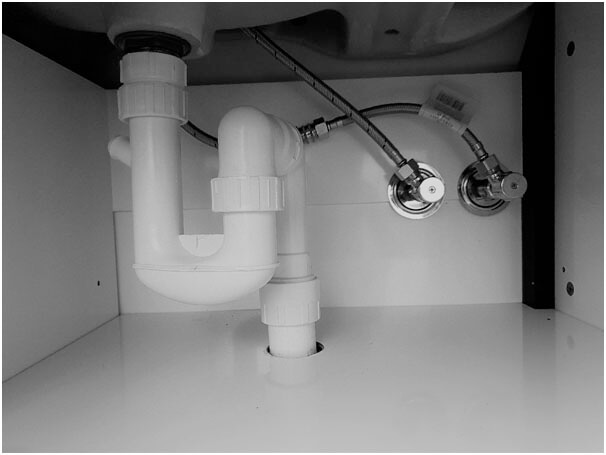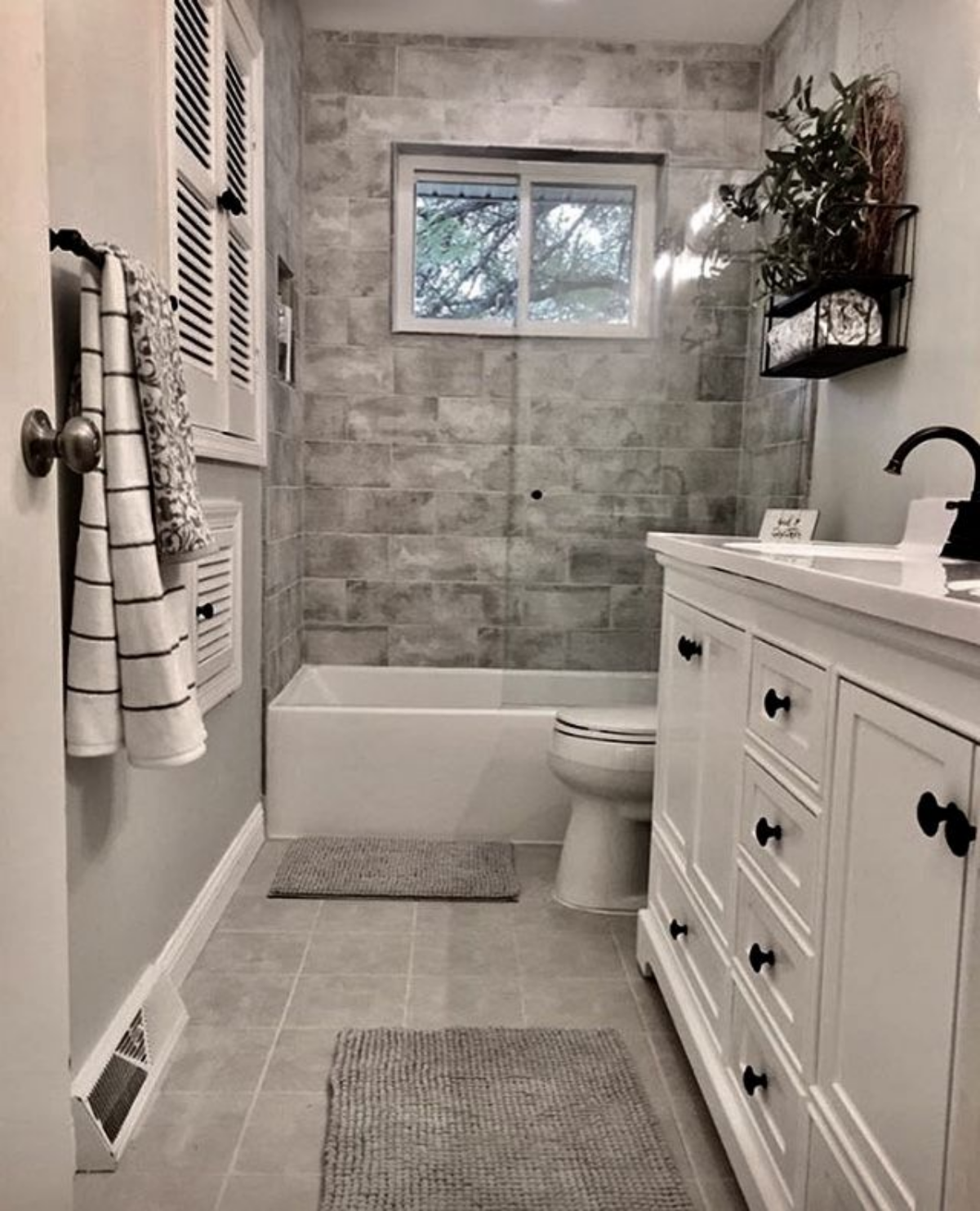Why Proper Ventilation Supports Your Plumbing System
Why Proper Ventilation Supports Your Plumbing System
Blog Article
The article author is making several great pointers on What Is A Plumbing Vent & How Do They Work? in general in this great article underneath.

Proper air flow in plumbing systems is commonly neglected, yet it is crucial for preserving the capability and safety of your home's plumbing. Ventilation assists regulate air pressure, prevent the buildup of hazardous gases, and make sure the effective removal of waste. In this overview, we will certainly discover the relevance of appropriate pipes air flow, just how it works, and the benefits it brings to your pipes system.
Understanding Air Flow in Pipes
Air flow in pipes refers to the network of pipes that allow air to flow via the water drainage system. These vents offer several purposes, including managing atmospheric pressure within the pipes, stopping sewer gases from entering the home, and assisting in the smooth flow of wastewater.
Exactly How Ventilation Functions in Plumbing Equipments
Atmospheric Pressure Policy
Appropriate air flow keeps balanced atmospheric pressure within the plumbing system. When water flows via pipelines, it displaces air. Without sufficient air flow, this variation can create adverse stress, bring about slow down drains or siphoning of water from traps, which can create unpleasant smells to seep right into the home.
Preventing Drain Gas Build-up
One of the most important features of plumbing vents is to prevent sewer gases, such as methane and hydrogen sulfide, from collecting within the home. These gases can pose major wellness dangers and are very flammable. Vent pipes permit these gases to escape safely outside.
Aiding in Waste Removal
Ventilation helps in the reliable elimination of wastewater by avoiding airlocks in the water drainage system. When air can flow openly through the vents, it enables water and waste to stream smoothly via the pipes, reducing the risk of obstructions and backups.
Sorts Of Plumbing Vents
Key Heap Vent
The major stack air vent, additionally known as the vent stack, is the primary vent in a plumbing system. It prolongs from the primary drainpipe line up via the roof, enabling gases to run away and fresh air to get in the system.
Branch Vent
Branch vents connect to the primary stack vent and serve private fixtures, such as sinks, bathrooms, and showers. These vents make sure that each component has ample air flow to operate appropriately.
Air Admittance Shutoff (AAV).
An Air Admission Shutoff (AAV) is a one-way valve that enables air to enter the pipes system without the demand for a traditional vent pipe expanding through the roof. AAVs are generally made use of in remodellings or areas where installing a standard vent is unwise.
Indicators of Poor Ventilation in Pipes.
Slow Draining Fixtures.
If your sinks, tubs, or commodes are draining gradually, it could be a sign of inadequate air flow. Inadequate air circulation can produce a vacuum cleaner effect, making it difficult for water to drain pipes correctly.
Gurgling Appears.
Gurgling noises originating from drains are frequently a result of air being drawn via water traps due to unfavorable stress in the pipelines. This is a clear indication of insufficient ventilation.
Undesirable Smells.
Sewage system odors inside your home are a warning that your pipes system is not correctly aerated. This might imply that sewage system gases are not being properly vented outside, causing possibly dangerous problems.
Common Ventilation Blunders.
Poor Vent Sizing.
Making use of small air vent pipelines can cause bad air circulation and stress imbalances in the system. It's necessary to use vents that fulfill the specific requirements of your plumbing system.
Improper Vent Positioning.
Putting vents too much from the components they serve can lower their efficiency. Proper positioning makes sure that air can flow easily and efficiently via the system.
Ignoring Code Requirements.
Building regulations give specific standards for plumbing ventilation. Disregarding these codes can cause a system that stops working to operate appropriately and may bring about pricey repair work or carcinogen.
Benefits of Correct Ventilation.
Improved System Effectiveness.
Effectively aerated plumbing systems operate much more effectively, with fewer blockages, faster draining, and less strain on the pipes. This efficiency extends the lifespan of the pipes system.
Improved Air Top Quality.
By protecting against sewage system gases from entering your home, correct air flow contributes to better interior air high quality, making your living atmosphere healthier and more comfy.
Stopping Water Damage.
Ample air flow helps prevent water from being siphoned out of traps, which can cause sewage system gases entering the home and creating water damage over time.
Steps to Ensure Proper Air Flow.
Consulting Pipes Codes.
Constantly get in touch with regional pipes codes when designing or customizing your plumbing system. These codes give the required standards for appropriate airing vent and ensure your system satisfies safety and security requirements.
Regular Evaluation and Upkeep.
Routine examinations can aid identify potential ventilation issues prior to they come to be significant troubles. Upkeep jobs, such as cleaning up vent pipes and looking for clogs, are crucial for maintaining the system in good working order.
Expert Setup.
For brand-new installments or major adjustments, it's smart to work with an expert plumber. They have the competence to ensure the ventilation system is appropriately created and installed according to code.
Final thought.
Appropriate ventilation is an important component of any type of pipes system, ensuring that it operates efficiently and safely. By recognizing the importance of air flow, acknowledging the signs of bad ventilation, and taking actions to keep your system, you can avoid costly problems and secure your home's air top quality.
What is a Plumbing Vent and it's used for?All plumbing systems in residential and commercials construction have a plumbing vent. It doesn’t just vent unwanted odors from the drainage system to the outside; it actually serves an important purpose by supplying air to the system.
The plumbing drainage system is actually called a drainage, waste and vent (DWV) system. When water flows down the piping, an air supply (vent) is needed to allow the water to flow. Think of the vertical pipe as a drinking straw. If you plug the top end of a straw, liquid won’t drain from it.
The DWV system in your building consists of a series of pipes connected to each fixture; they extend above each fixture, and the system terminates at an open pipe that extends through the roof. This piping allows air into the system and prevents unbalanced pressures in the piping.
?The vent also prevents the system from drawing water out of a trap at the fixture with the characteristic “glug-glug-glug” as the drain gasps for air. Plumbing traps should drain smoothly and never “glug” or gasp for air.
If you have a drain that empties slowly or gurgles as it drains, this may indicate a venting problem. If you flush a toilet and the sink gurgles, there’s definitely a vent problem. It is good idea to have a Plumber check this.
https://www.ameliashomeinspection.com/blog/what-is-a-plumbing-vent-and-its-used-for

I'm just very intrigued by What Is a Plumbing Vent and Why Is It Important and I hope you appreciated the new page. If you appreciated our blog posting please consider to pass it around. Bless you for being here. Please come by our blog back soon.
Call Today Report this page